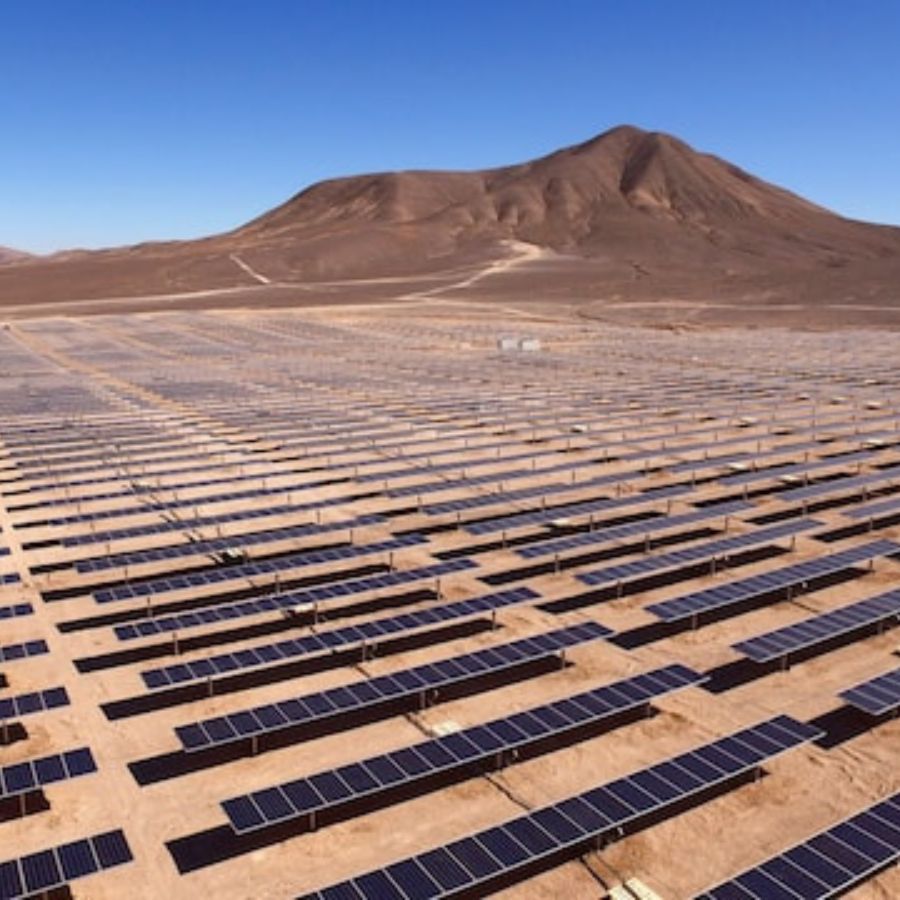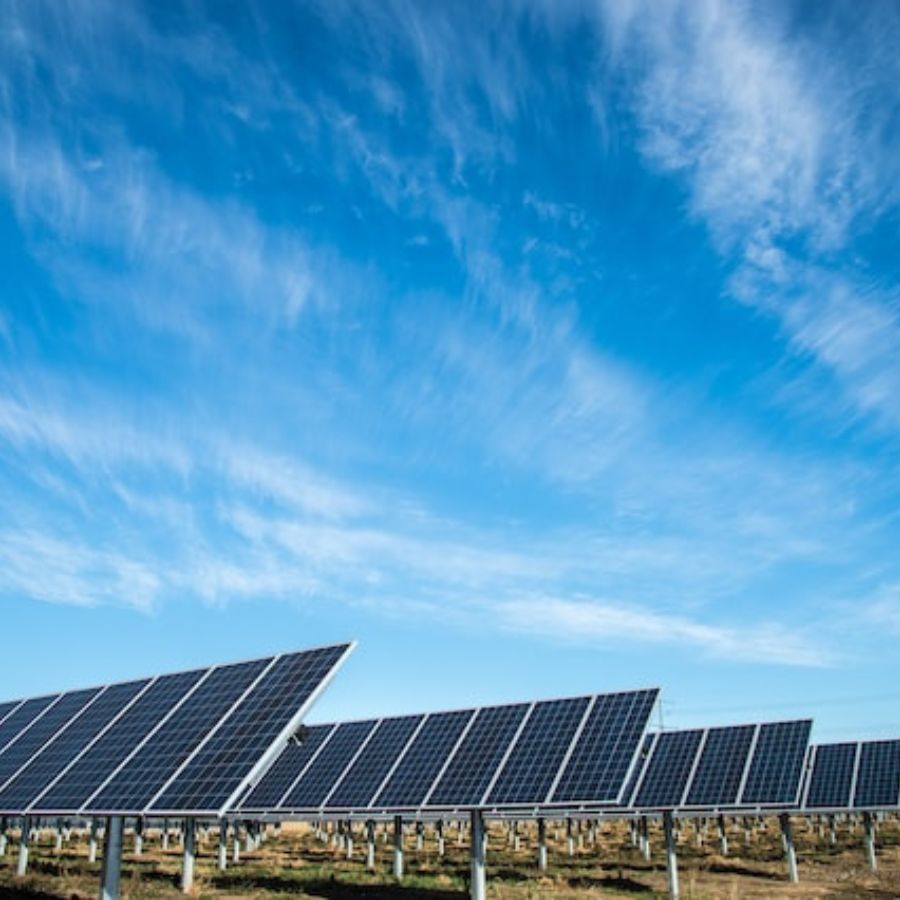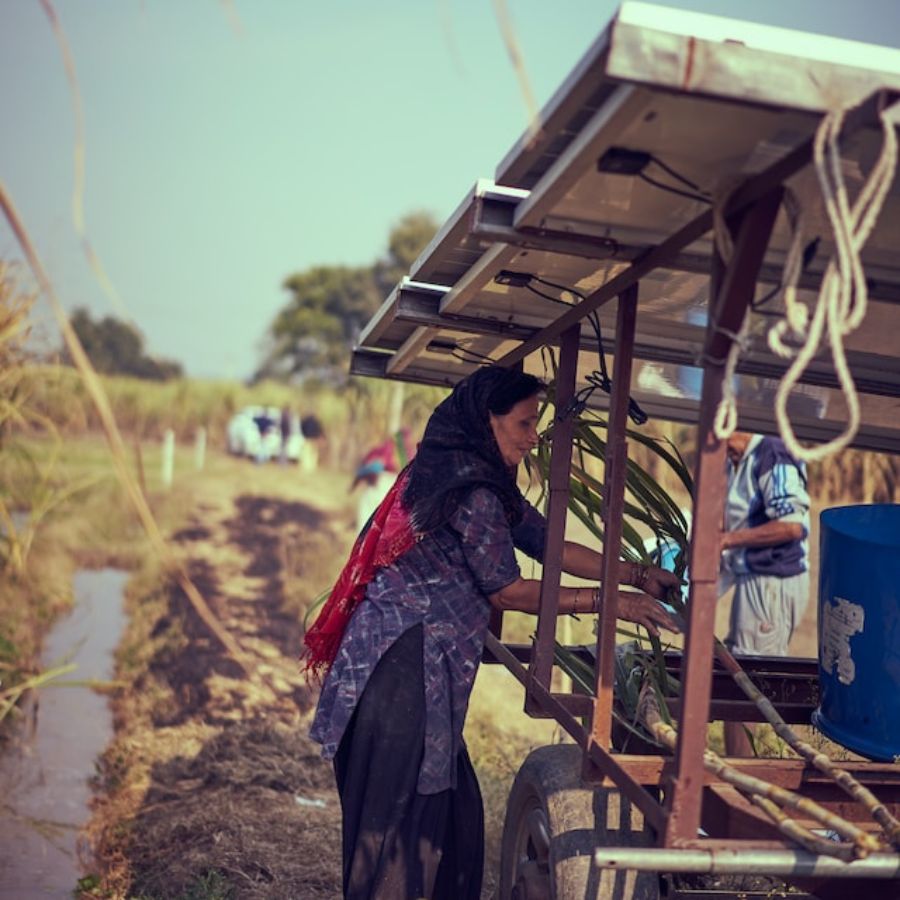What Is an Energy Cooperative
Renewable energy cooperatives, such as those focused on wind energy, have emerged as a prominent force in the transition towards a sustainable energy future. In the United Kingdom, these community-led initiatives empower individuals to actively engage in generating, managing, and benefiting from renewable energy sources.
This article delves into the key features of energy cooperatives in the UK, emphasizing their vital role in promoting renewable energy, fostering local engagement, and contributing to the nation’s carbon reduction goals.
With a focus on wind energy cooperatives, we’ll also explore how these initiatives enable communities to harness the power of the wind to generate clean electricity while simultaneously providing economic, social, and environmental benefits to their members and the wider community.
Understanding Energy Cooperatives

An energy cooperative is a collective effort by individuals, organizations, and communities to develop, own, and operate renewable energy projects. These projects encompass a wide range of energy resources, including solar projects, wind turbines, hydroelectric schemes, and other forms of sustainable energy generation. By pooling resources and expertise, energy cooperatives enable local communities to actively participate in the renewable energy sector and address the challenges posed by traditional energy sources.
Promoting Renewable Energy and Local Engagement
Energy cooperatives play a crucial role in promoting renewable energy adoption. By establishing solar farms, wind turbines, and other renewable energy projects, these cooperatives contribute to the diversification of the energy mix, reducing reliance on fossil fuels and decreasing carbon emissions. Moreover, energy cooperatives foster local engagement by involving community members as shareholders and stakeholders. This inclusive approach ensures that the benefits of renewable energy are distributed equitably within the community.
Contributing to Lower Energy Prices
Electric cooperatives, a subset of energy cooperatives, specifically focus on providing affordable electricity to their members. By investing in renewable energy projects, electric cooperatives can reduce reliance on expensive fossil fuel-based energy sources, helping stabilize and lower energy prices for their members. In addition, these cooperatives often negotiate power purchase agreements and leverage economies of scale to secure competitive energy prices, passing the savings on to their community members.
Energy cooperatives and electric cooperatives have a dual impact on energy prices. Firstly, investing in renewable energy projects reduces overall energy costs by tapping into sustainable and often more affordable energy sources. Secondly, through their cooperative structure, these initiatives prioritize the well-being of their members and communities, striving to provide electricity at fair and stable prices.
Empowering Local Communities
Energy cooperatives are vital in empowering local communities and promoting sustainable development. By enabling communities to take control of their energy production, these cooperatives help reduce dependence on centralized fossil fuel-based energy sources. This shift towards locally generating renewable energy benefits the community and contributes to a more sustainable energy future.
One key advantage of energy cooperatives is promoting energy security, resilience, and stability. By harnessing renewable resources like solar, wind, or hydroelectric power, communities become less reliant on external energy sources. As a result, they can withstand disruptions or fluctuations in the energy supply. As a result, it enhances the community’s overall energy security and fosters greater resilience in facing challenges such as power outages or energy price volatility.
Moreover, energy cooperatives contribute to reducing energy costs for community members. By generating surplus energy, cooperatives can return the excess electricity to the grid, creating additional revenue streams. This revenue can lower energy prices for cooperative members, making sustainable energy more accessible and affordable. In addition, the democratic member control inherent in the joint movement ensures the making of decisions on revenue allocation and pricing with the community’s best interests in mind.
Promoting Renewable Energy Adoption
Establishing energy cooperatives contributes significantly to the UK’s growth of renewable energy capacity. According to statistics from the UK government’s Department for Business, Energy & Industrial Strategy(BEIS), as of 2020, there were over 300 community energy organizations across the country. These organizations collectively owned and operated over 400 renewable energy projects, with a total capacity exceeding 121 megawatts (MW).
Community Engagement and Participation
One of the fundamental principles of energy cooperatives is active community engagement and participation. These cooperatives encourage local community members to become shareholders, giving them a direct say in decision-making processes. Educational workshops, public consultations, and open meetings often happen to ensure that community voices are heard and respected.
Benefits for Members and Communities
Energy cooperatives offer a range of benefits to their members and the wider community. Firstly, they provide opportunities for individuals to invest in renewable energy projects, offering a tangible way to support the transition to a low-carbon economy. Additionally, cooperative members can access discounted energy tariffs or receive dividends from the profits generated by energy sales.
From a community perspective, energy cooperatives reinvest their revenues locally, funding various projects and initiatives that benefit the area. These may include energy efficiency programs, educational campaigns, or supporting local charities and social enterprises. Energy cooperatives contribute to its economic development and social well-being by retaining wealth within the community.
Policy and Regulatory Framework
The UK government has recognized the importance of energy cooperatives and has implemented policies to support their growth. Feed-in Tariff (FiT) scheme, which closed to new applicants in 2019, incentivized small-scale renewable energy generation by providing payments for electricity generated and exported to the grid. This scheme played a vital role in facilitating the development of energy cooperatives and enabling communities to finance their renewable energy projects.
Furthermore, the Smart Export Guarantee (SEG) introduced in 2020 ensures that small-scale generators, including energy cooperatives, receive fair payments for surplus electricity exported to the grid. The SEG encourages cooperative members to invest in renewable energy systems, as they can be confident of receiving fair compensation for their contributions.
Case Study – Bath & West Community Energy
To illustrate the impact of energy cooperatives, look closely at Bath & West Community Energy (BWCE), one of the UK’s largest and most successful energy cooperatives. Founded in 2010, BWCE has significantly contributed to the renewable energy landscape in the Bath and West region of England. The cooperative has successfully developed and managed several community-owned solar, wind, and hydro projects.
BWCE’s flagship project, the Westmill Solar Park near Swindon, is a 5 MW solar farm that generates clean energy for approximately 1,400 households. The project was financed through a community share offer, allowing residents to invest in the solar park and receive a return. Since its inception, BWCE has continued to expand its portfolio of renewable energy projects, providing clean electricity and reducing carbon emissions in the region.
According to data from BWCE, their projects have saved over 21,000 tons of CO2 emissions to date, highlighting the significant environmental impact of energy cooperatives. Furthermore, the cooperative actively reinvests its surplus income into community benefit funds, supporting local energy efficiency initiatives, educational programs, and community projects.
Overcoming Challenges and Future Outlook

While energy cooperatives have demonstrated their effectiveness in promoting renewable energy and community engagement, they face specific challenges. For example, access to finance and securing suitable sites for renewable energy projects can be significant hurdles for cooperatives, requiring collaboration with local authorities and policymakers to address these issues effectively.
Energy cooperatives have a promising future in the UK’s energy landscape. Its government’s commitment to achieving net-zero carbon emissions by 2050 and the growing demand for renewable energy present opportunities for further expansion. The cooperative model’s ability to mobilize local communities, foster sustainable practices, and distribute benefits locally aligns with the government’s decentralization and community empowerment objectives.
Conclusion
Energy cooperatives in the UK empower communities to actively participate in the renewable energy sector, generating clean electricity and contributing to the nation’s sustainability goals. Through collective ownership, local engagement, and reinvestment, these cooperatives create economic, social, and environmental benefits for their members and the wider community. As the country strives for a greener future, energy cooperatives are vital in accelerating the transition to renewable energy sources, fostering resilience, and empowering communities to shape their future. With continued support from government policies and increasing public awareness, energy cooperatives have the potential to drive positive change and pave the way for a sustainable and decentralized energy system in the UK.


